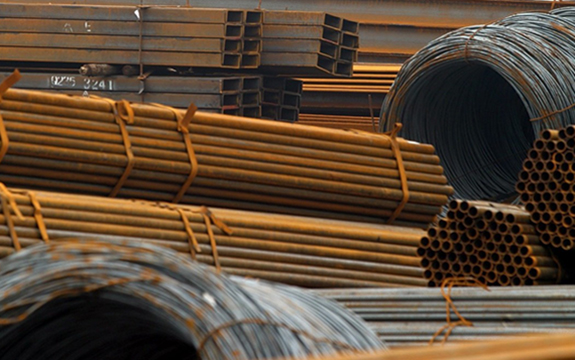Changes to procurement rules are good for future of Australian steel industry

In Summary
- Analysis for The Conversation by Professor Geoff Brooks, Swinburne University of Technology
Senator Xenophon deserves a Christmas card from the nation’s steelmakers, after his negotiation with the government to deliver their Australian Building and Construction Commission (ABCC) legislation. The deal saw significant changes made to government procurement rules.
The changes require that companies bidding for government projects worth more than A$4 million will need to outline in their bid:
- how much locally-produced material is included
- how their proposal would contribute to local employment
- how their proposal would grow local skills
- the whole-of-life cost of the project
- that the materials used comply with Australian product standards.
These new requirements should work in favour of local steel producers not only because of the emphasis on local content but because of the clauses around standards and whole of life costs.
Creating high-quality steel isn’t easy and high quality isn’t uniform through the international industry. For many grades of steel, ensuring the steel is 'clean'- which for a steelmaker means keeping non-metallic impurities (called 'inclusions') to a minimum and preventing excessive dissolution of gases into the metallic structure – is important for ensuring high-quality performance and minimising unexpected cracks and failures.
There have been significant advances internationally over the last two or three decades in getting steel 'clean'. In particular, around engineering the chemistry of steel to ensure the inclusions that are too small to remove from the steel when molten, don’t weaken the structure of the steel excessively once the steel is solid.
Low technology steelmakers with lowly trained workforces don’t generally aim to make high-value steels, instead aiming at lower grades of steel where such levels of control are not required. Reinforcing bar (used in concrete structures) is an example of such a product, where price and availability are the prime issues in the marketplace. The steels required for the new submarine fleet are at the opposite end of this quality control/cost continuum.
Local steelmakers have complained about the quality of imported Chinese steel that has recently flooded the local market and there is lots anecdotal evidence to support these claims, though it must be acknowledged that it’s difficult to find an objective study of the problem. Not all Chinese steel is low quality, as there are clearly many advanced and high-tech steel producers in that country.
This new requirement around quality means the onus will be on the company bidding to demonstrate that steel being used meets appropriate standards. In simple terms, if Australian companies like Arrium and Bluescope can make good quality steel locally, this clause should place their product ahead in the bidding process. This is compared to any company (Australian or otherwise) that costs their projects based on using cheap steel that is being dumped.
This clause also puts pressure on Australian steel companies to maintain high standards of quality, as a means of distinguishing themselves in the market. Which sends the right message to an industry that will need to focus on quality if it wants to have a successful future.
The whole of life clause could also work in favour of steel producers, depending on how this requirement is interpreted. In general, steel has much lower environmental impact in its production compared to other materials. For example, the production of one tonne of steel results in about one tenth of the impact on global warming compared to the same quantity of aluminium.
Aluminium and steel also share a good record in recycling compared to plastics and composites, as these materials can be recycled many times, whereas plastics and composites are often degraded in the recycling process. Several classes of these materials do not have a recognised recycling route and end up as land fill.
These materials look attractive compared to steel, in terms of environmental impact when their lightweight properties are used to save fuel, such as the case of transport. But for large structural projects (as associated with government tenders), the whole of life analysis is likely to favour steel over other materials because of the lower environmental impact and high recyclability, combined with strength and durability.
These more recent changes to the procurement rules are good for the long-term future of steel production in this country.
![]()
This article was written by Geoffrey Brooks, Professor of Engineering, Swinburne University of Technology. It was originally published on The Conversation. Read the original article.

